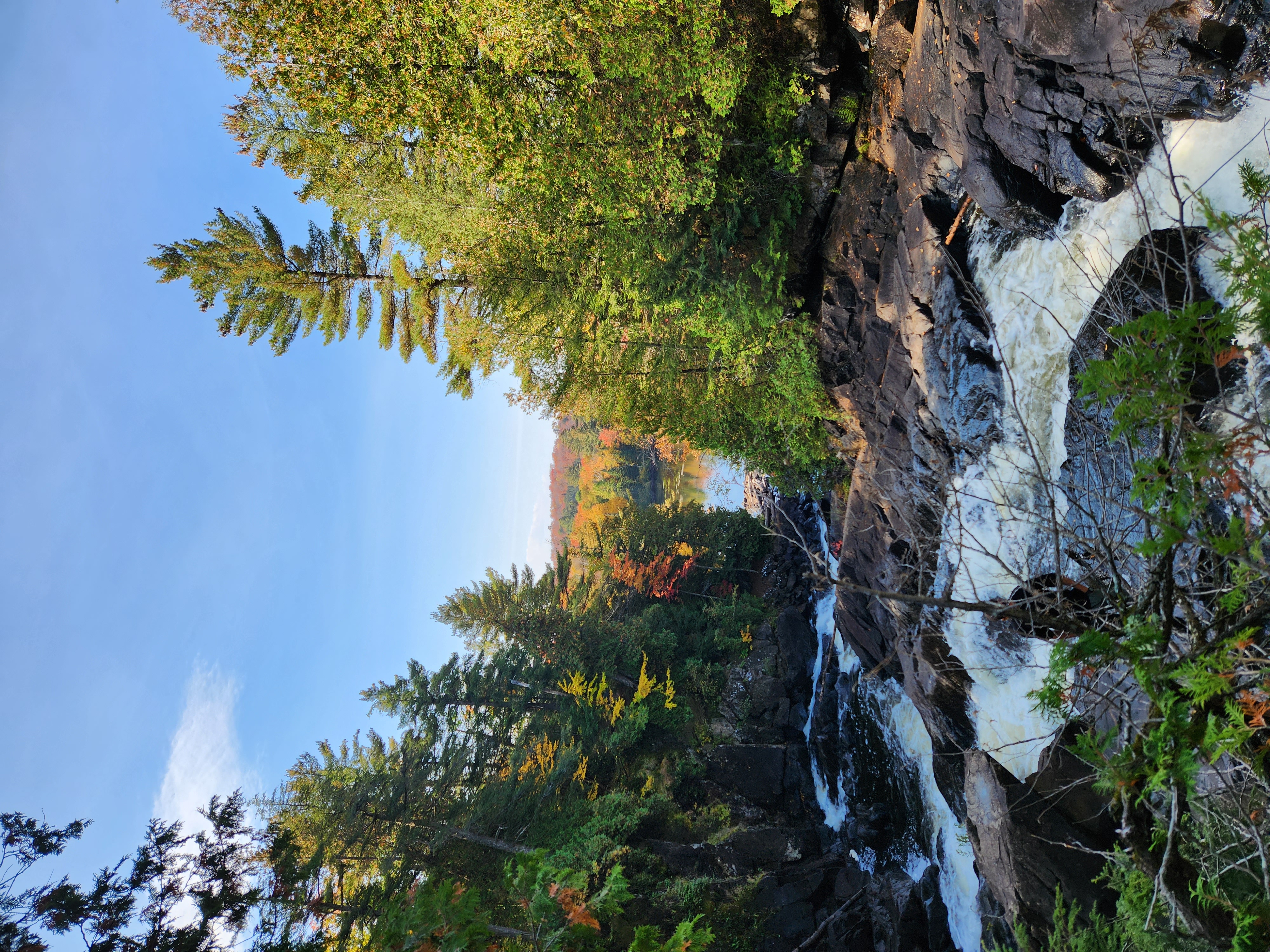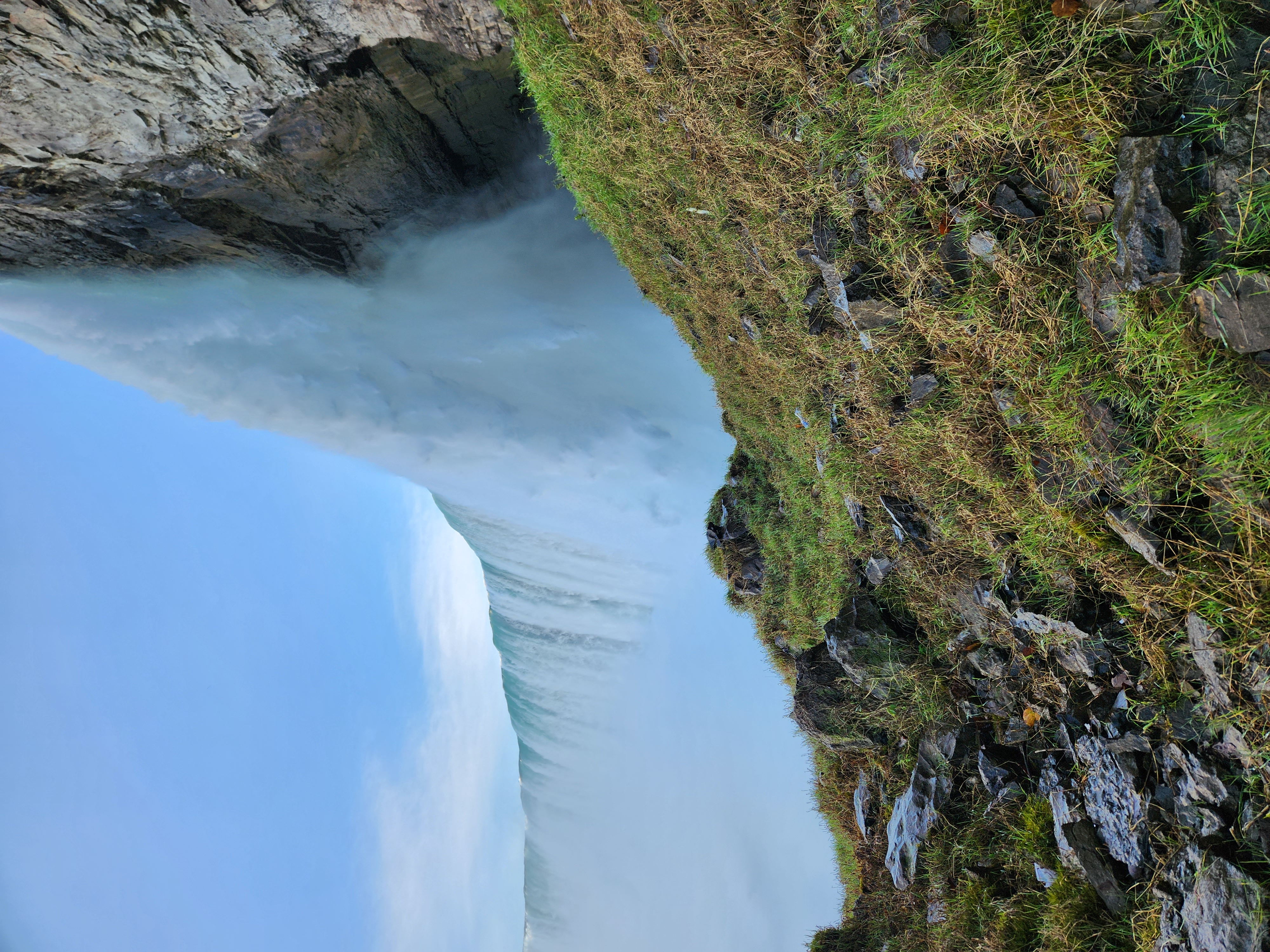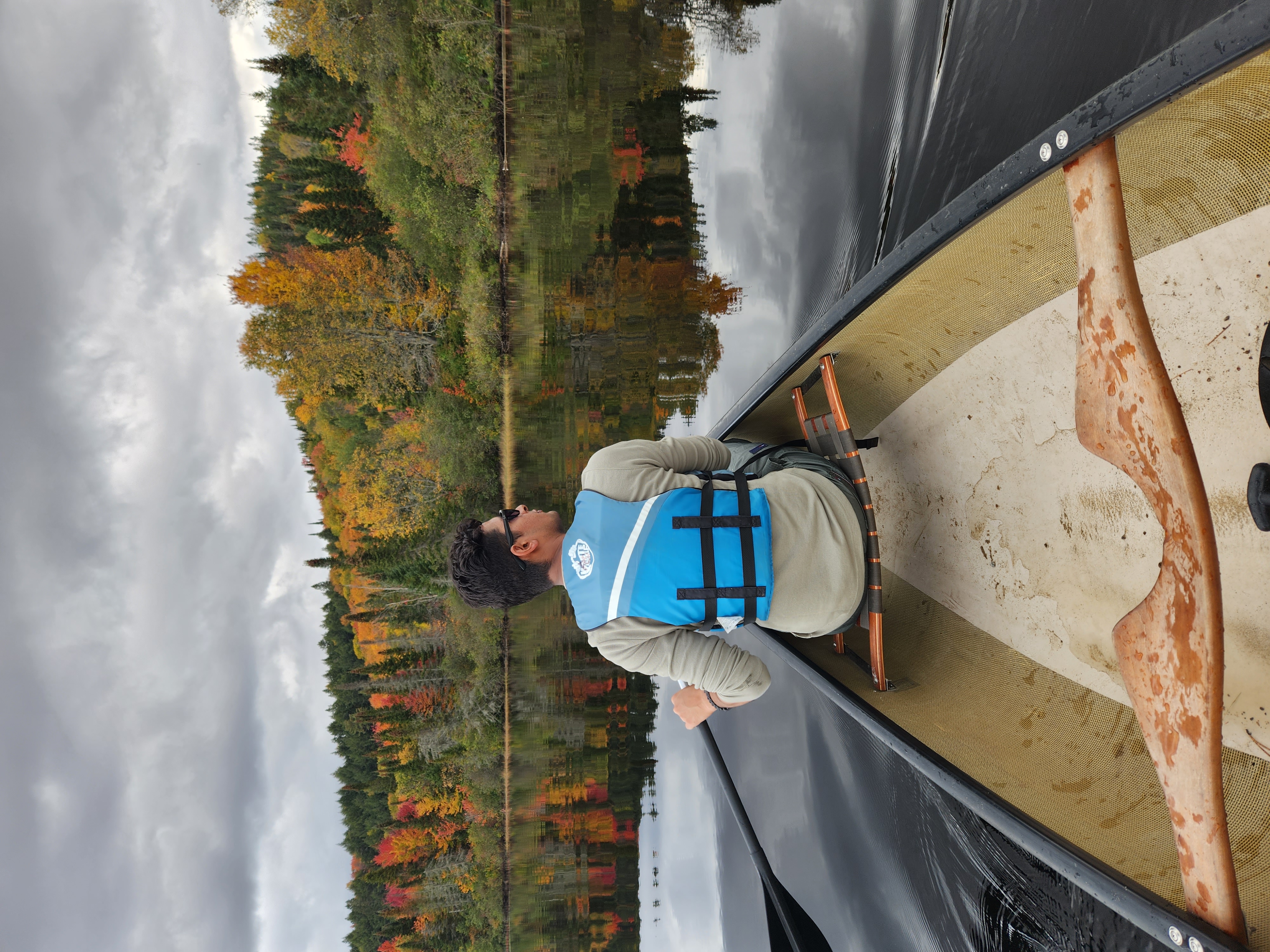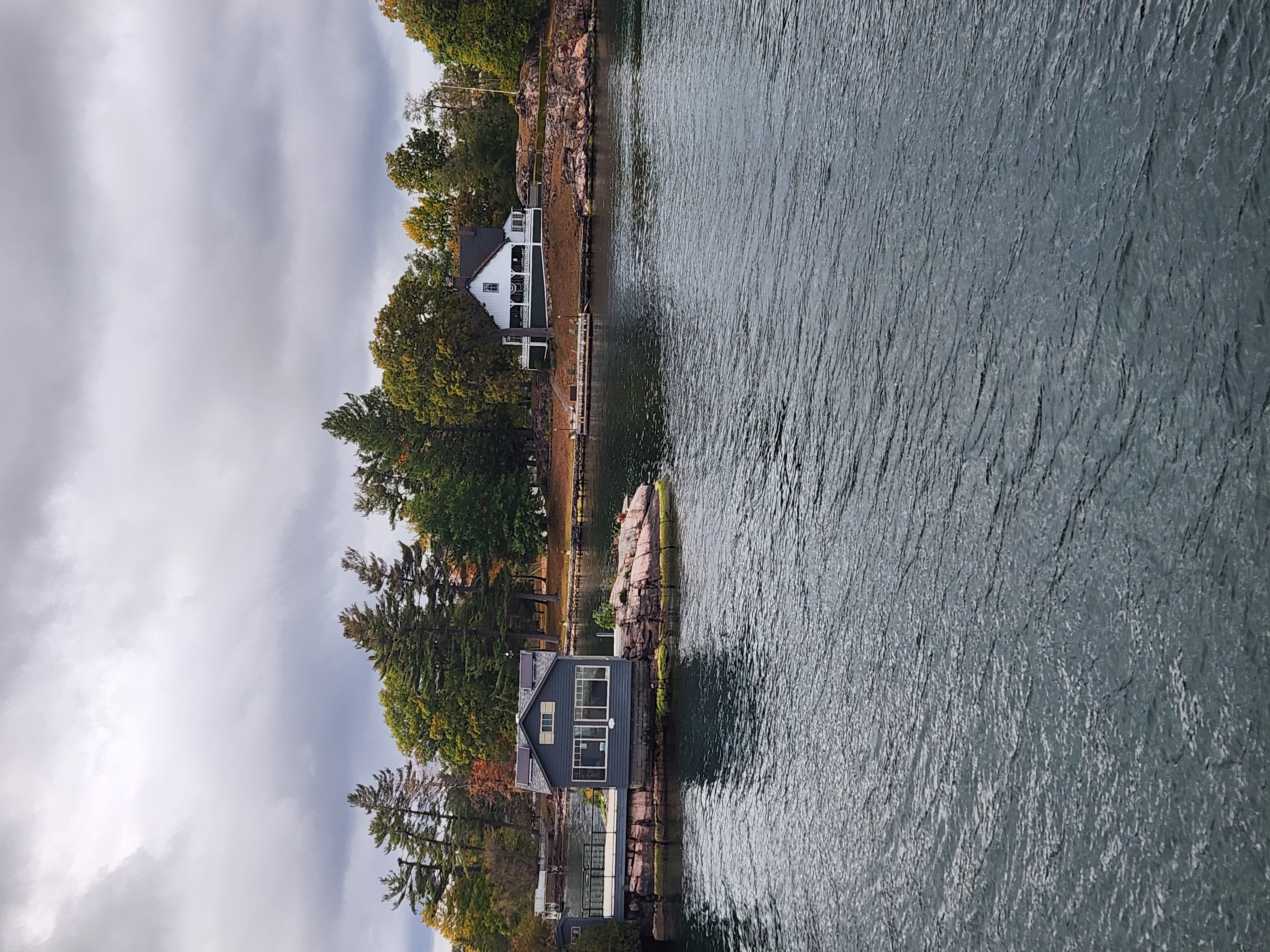As the world’s geopolitical and environmental focus shifts northward, Canada finds itself at a crossroads. The Arctic is no longer a remote frontier , it’s a strategic theatre, a climate barometer, and a proving ground for sovereignty. Yet despite our vast northern territory, Canada’s Arctic presence remains alarmingly thin. If we’re serious about defending our interests and shaping the future of the region, we must stop treating the Arctic as a seasonal outpost and start building permanent communities. The goal should be clear: 20,000+ people living in the Arctic by 2035, anchored by new towns, robust infrastructure, and a military-civilian partnership that reflects our national priorities.
The Arctic Is Canada’s to Lose , If We Don’t Act
Canada’s Arctic spans over 40% of our landmass, yet fewer than 120,000 people live there , most in scattered communities with limited infrastructure. Meanwhile, Russia has built dozens of Arctic bases and ports, China has declared itself a “near-Arctic state,” and the United States is expanding its northern footprint through Alaska and Greenland partnerships.
We talk about sovereignty, but sovereignty without settlement is fiction. The Arctic isn’t just about icebreakers and radar stations ,it’s about people. Permanent residents, not seasonal deployments, are what give a nation lasting presence. If Canada wants to assert its claim, we need boots on the tundra , and families, schools, clinics, and homes to go with them.
A Bold Proposal: Build New Towns in NT, Nunavut, and Yukon
Let’s imagine a future where Canada builds two new towns each in the Northwest Territories and Nunavut, each housing 2,000 people. Add two smaller communities in Yukon with 500 residents each. These settlements would be designed for Arctic conditions , modular, energy-efficient, and resilient , with a mix of civilian and military populations.
By 2035, these hubs could support:
- 10,000 civilians: engineers, teachers, healthcare workers, logistics experts, and Indigenous leaders
- 10,000 military personnel: Arctic-trained forces, surveillance teams, rapid response units, and NORAD partners
This isn’t fantasy. It’s nation-building. And it’s entirely within Canada’s technical and financial reach.
Why It’s Feasible , and Necessary
Canada has the expertise to build in harsh climates. We’ve developed modular housing for northern communities, deployed radar systems across the Arctic, and maintained airstrips in remote regions for decades. What’s missing is scale and intent.
A population of 20,000+ would:
- Strengthen Canada’s UNCLOS claims by demonstrating continuous habitation
- Enable year-round surveillance and response to Arctic incursions
- Support climate research, resource management, and Indigenous governance
- Create economic opportunities in logistics, construction, energy, and tourism
And unlike past efforts, this initiative would be co-designed with Indigenous communities, ensuring cultural integrity, local employment, and shared leadership.
What It Would Cost , and Why It’s Worth It
Building Arctic towns isn’t cheap. Estimates suggest $2–4 billion per town over 10–15 years, including housing, roads, airstrips, power, water, and communications. But compare that to:
- $19 billion for fighter jets
- $84 billion for naval modernization
- $6 billion for a single pipeline
For a fraction of those costs, Canada could establish a permanent Arctic footprint that serves defense, development, and diplomacy.
Military-Civilian Synergy: A New Model for Arctic Security
Rather than isolating military bases, Canada should pursue dual-use infrastructure:
- Airstrips that serve both cargo planes and fighter jets
- Housing that accommodates families and rotating personnel
- Schools and clinics that support both civilian and military needs
This model fosters integration, reduces duplication, and builds trust between communities and defense forces. It also ensures that Arctic deployments are sustainable , not just seasonal stints in temporary shelters.
Global Leadership Through Arctic Stewardship
Canada has a chance to lead the world in peaceful, sustainable Arctic development. While others militarize or exploit, we can model a balanced approach:
- Green energy: wind, solar, and microgrids tailored to Arctic conditions
- Food security: hydroponic greenhouses and local fisheries
- Digital connectivity: satellite internet and remote learning platforms
- Climate resilience: infrastructure designed for permafrost and extreme weather
This isn’t just about defending borders , it’s about shaping the future of Arctic civilization.
The Clock Is Ticking
Every year we delay, the Arctic becomes more contested, more accessible, and more vulnerable. Canada must act now — not with press releases, but with concrete, steel, and community planning. We need a National Arctic Infrastructure Act, a public-private consortium, and a clear population target: 20,000+ people in the Arctic by 2035.
Let’s stop missing the point. The Arctic isn’t just a place on the map , it’s a test of our national vision. If we want to be taken seriously as an Arctic power, we must build like one.













